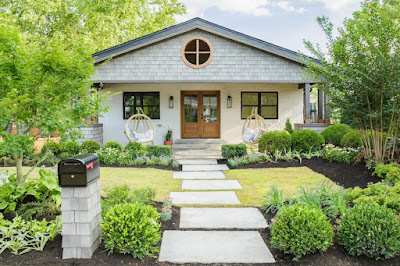Buying a property requires good knowledge of market conditions, personal finances as well as the ability to judge what a good investment is. It is important to be in a position to negotiate realistically when you decide to make an offer. This comes as a result of good preparation before submitting a formal offer to purchase.
1. Request a Comparable Market Analysis (CMA) report from your real estate agent. These unbiased reports provide all kinds of valuable information on properties that have recently sold in your area. In addition to price information, you'll be able to compare amenities, square footage, and other factors that influence a home's price.
2. Set the maximum price you're willing to pay for a house. While you'll have to negotiate back and forth with the seller, it's good to have a firm idea of how much you're capable of spending. Compute your monthly mortgage payment and make sure it's within your budget. Don't forget to consider other expenses such as taxes and insurance.
3. Be realistic in your offer for the house. Don't make a low offer on a house you really want. If your research has shown that the price is realistic, then offering a low price may annoy the sellers and potentially upset your chances of getting the house - particularly if there are other folks making offers too.
4. When you make an offer, try to show flexibility. Be willing to go up in price a bit. You want the best deal for you and the seller wants to feel good about the deal that is struck too. Many times the seller’s position is just as stressful and emotional as your position.
5. If the seller appears to be highly motivated you could offer terms, such as repairs, to bargain with. In this situation, the seller may agree to a lower selling price if you agree to take care of repairs that were found during the inspection, or with a fast closing date. This tactic is often most effective in a slower market.
6. Show no emotion. The more desperate you appear in concluding the deal, the more likely you are going to be taken advantage of in the negotiation process.
7. Good negotiation comes down to both parties being satisfied with the price and the terms and conditions of the deal. Make sure that everything is documented and signed when making the offer as this will prevent any misunderstandings or chances of either party backing out in the future.





